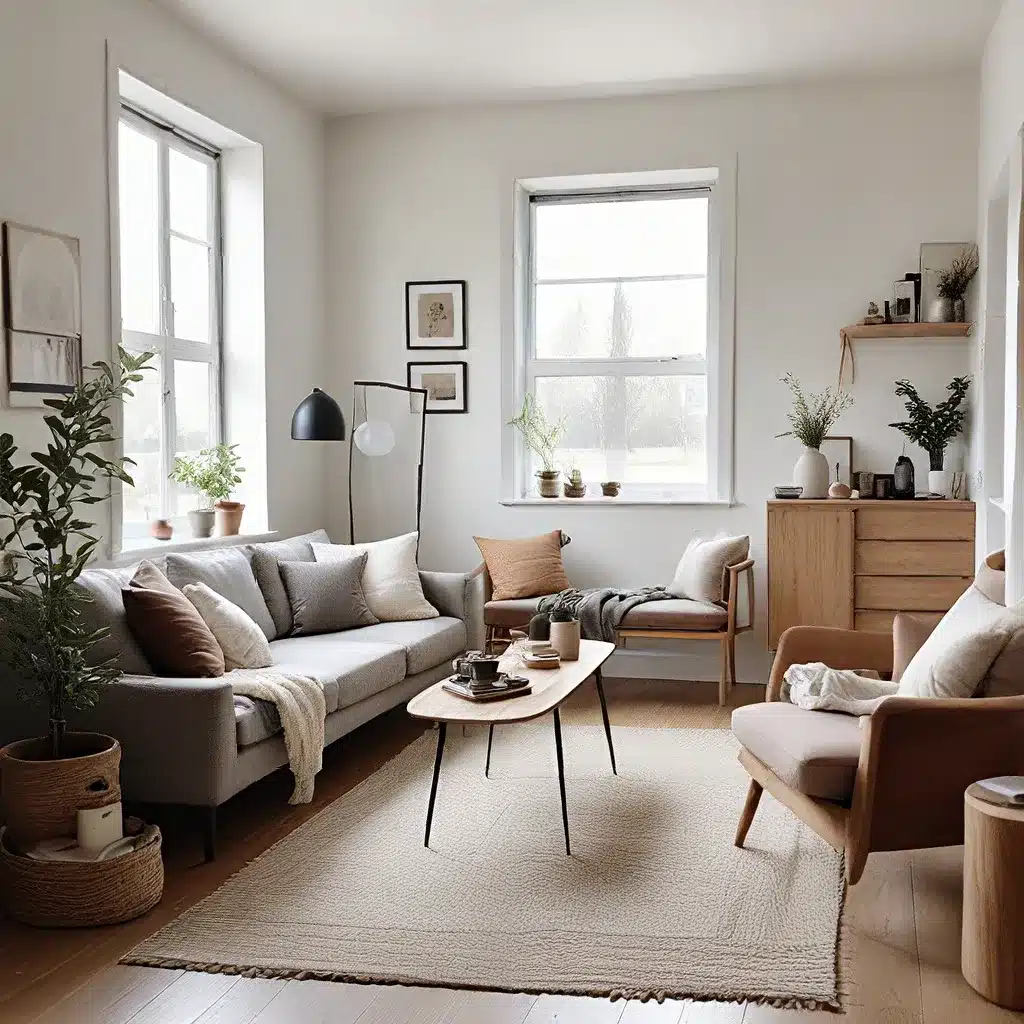
Simplifying Your Space, Enriching Your Life
In a world consumed by excess and the constant pursuit of material possessions, there is a growing movement that challenges the status quo. Minimalism has emerged as a lifestyle choice that prioritizes intentionality, clarity, and purpose over the accumulation of “stuff.” This philosophy, embraced by a diverse array of individuals, offers a refreshing alternative to the fast-paced, cluttered existence that has become the norm.
At the heart of minimalism lies the notion that less can indeed be more. By consciously paring down our possessions and focusing on the essentials, we create space – both physical and mental – to cultivate what truly matters. This approach extends beyond the confines of our homes, inviting us to rethink our priorities, relationships, and the very essence of what it means to live a fulfilling life.
The Art of Minimalist Design
The principles of minimalism have found a natural home in the world of interior design. Minimalist design emphasizes clean lines, a neutral color palette, and a deliberate emphasis on function over form. By embracing this aesthetic, homeowners can create environments that are not only visually appealing but also conducive to a sense of calm and clarity.
One of the hallmarks of minimalist design is the thoughtful use of space. Rather than cramming a room with an excess of furniture and decor, minimalist designers focus on creating a harmonious flow, allowing each element to serve a distinct purpose. This approach not only enhances the visual appeal of a space but also promotes a sense of tranquility and focus.
Equally important is the selection of materials and finishes. Minimalist design often showcases the natural beauty of materials, such as wood, stone, and glass, allowing their inherent textures and hues to take center stage. By avoiding overly ornate or busy patterns, minimalist interiors create a sense of serenity and sophistication.
Embracing the Minimalist Lifestyle
The beauty of minimalism extends far beyond the confines of our homes. As an overarching lifestyle choice, minimalism encourages us to reconsider our relationship with material possessions and the ways in which they shape our daily lives.
By paring down our belongings, we free up valuable time and resources that can be redirected towards the pursuits and relationships that truly enrich our lives. This may involve dedicating more time to hobbies, spending quality time with loved ones, or investing in experiences that create lasting memories.
Moreover, the minimalist approach encourages a heightened sense of gratitude and appreciation for what we already have. Rather than constantly seeking the next new “must-have” item, minimalists find joy in cultivating contentment with their present circumstances. This shift in mindset can have a profound impact on our overall well-being, reducing stress and fostering a greater sense of fulfillment.
Designing for Luxury and Livability
While minimalism is often associated with a pared-down aesthetic, it is far from a one-size-fits-all approach. Luxury minimalism has emerged as a refined interpretation of the minimalist philosophy, blending the clean lines and intentionality of minimalist design with the opulence and attention to detail that discerning homeowners crave.
In the realm of luxury minimalism, designers may incorporate high-end materials, such as marble, brass, or premium textiles, to create a sense of refined elegance. The focus remains on thoughtful space planning and a deliberate selection of furnishings, but the overall effect is one of sophistication and indulgence.
Minimalism is not merely a design trend – it is a lifestyle that can be tailored to the unique needs and preferences of each individual. Whether you’re drawn to the streamlined aesthetic of a minimalist home or the calming influence of a decluttered space, embracing the principles of minimalism can have a profound impact on the way you live and the way you see the world around you.
Practical Tips for Minimalist Living
Transitioning to a minimalist lifestyle can be a transformative experience, but it doesn’t have to be an overwhelming one. Here are some practical tips to help you embrace the beauty of minimalism:
-
Start with a Decluttering Purge: Assess your possessions with a critical eye, separating the essential from the superfluous. Donate, sell, or recycle items that no longer serve a purpose in your life.
-
Adopt a Selective Mindset: Before making a new purchase, ask yourself if it aligns with your values and enhances your life. Resist the urge to accumulate “just in case” items.
-
Prioritize Experiences over Possessions: Invest in activities, travel, and memorable moments that bring you joy and fulfillment, rather than material goods that may provide only temporary satisfaction.
-
Incorporate Minimalist Design Elements: Incorporate minimalist design principles into your home, such as clean lines, neutral color palettes, and multifunctional furniture, to create a serene and inviting environment.
-
Practice Mindfulness: Cultivate a heightened awareness of your thoughts, emotions, and relationship with your possessions. Recognize when you’re feeling the need to acquire more and consciously redirect your focus.
As you embark on your minimalist journey, remember that the path is not defined by rigid rules or universal prescriptions. It’s a deeply personal exploration of what truly matters to you, allowing you to design a life that is aligned with your values and aspirations.
By embracing the principles of minimalism, you can unlock a world of possibilities – one where the pursuit of purpose, connection, and well-being takes precedence over the endless acquisition of material goods. Tiny living, big impact – that is the essence of minimalism, a philosophy that invites us to discover the extraordinary within the ordinary.

